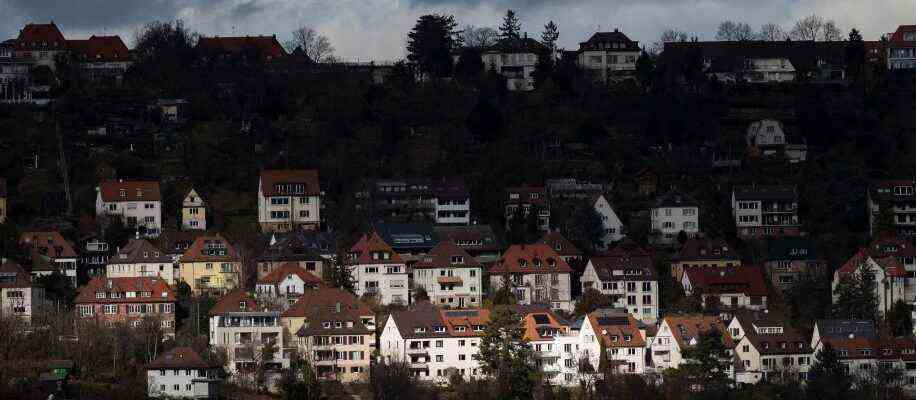According to the Bundesbank, the rise in prices on the German real estate market is greatly exaggerated. In the cities, residential real estate prices in 2021 were between 15 and 40 percent above the level justified on the basis of socio-demographic and economic fundamentals, the German central bank announced in its monthly report published on Monday. The overvaluations in residential real estate would have even increased in the past year. The reasons given by the experts were the continued high demand and delivery bottlenecks, which had led to significantly higher material costs for new residential construction. The monetary authorities have been warning of a real estate bubble for some time. In the meantime, however, prices are no longer only rising in the metropolitan areas, but also in medium-sized cities and their peripheries.
In other EU countries, too, prices are developing unhealthily. In its current report, the European Systemic Risk Board (ESRB) named Austria, Bulgaria, Croatia, Hungary and Germany and recommended that the competent supervisory authorities stop loose lending by banks – for example by requiring home builders to provide more equity for the loan. The ESRB, founded after the financial crisis in 2011, analyzes how stable the financial system is and which sectors are at risk. The German financial regulator Bafin has ordered banks to increase their loss buffers for real estate loans – however, the regulator granted an implementation deadline of February 2023.
Banks have gladly and often financed real estate in recent years. As a result of the economic uncertainty, however, there is an increasing risk that borrowers will no longer be able to pay their installments. After all, according to the Bundesbank, the Omikron wave slowed down the German economy at the beginning of the year. “In the winter quarter of 2022, German economic output is likely to decline noticeably again,” the monthly report continued. In addition to the restrictions to combat the corona pandemic, lost work due to the Omikron variant may also have contributed to this. For the spring, however, the Bundesbankers expect a strong economic upswing – “if the pandemic subsides and the supply bottlenecks continue to ease”.
High inflation could soon lead to rising interest rates
Economic uncertainty is one thing. In addition, the ECB will probably raise the key interest rate this year. The background to the turnaround in interest rates is the rising inflation rates in the euro zone. Most recently, inflation was 5.1 percent, the highest value in the history of the monetary union. The ECB has so far hesitated to end its zero interest rate policy, believing that the rise in prices will end of its own accord. But it didn’t happen that way.
Higher key interest rates increase the price of credit in the economy as a whole. This also applies to the real estate market: Financing could become more expensive overall. The monetary policy of the ECB thus directly affects those borrowers who have refinanced themselves with a variable interest rate. In Germany, only a minority does this – but even fixed-interest loans expire at some point. If the borrower then has to refinance the remaining debt at a significantly higher price, the original calculation quickly becomes obsolete. Some households in Germany have borrowed heavily – possibly too heavily – in order to fulfill their dream of owning their own home. The banks must therefore expect defaults, which is why the supervisory authorities are now demanding higher loss buffers.
The high prices for homes also have a social consequence. Fewer and fewer households with average incomes can even afford their own house or condominium, especially in the big cities. And this price effect could intensify further. The traffic light coalition wants to significantly increase the minimum requirements for energy efficiency in new construction and renovation. That means additional expenses – and that in a situation in which construction has become significantly more expensive anyway due to supply bottlenecks, shortages of raw materials and increased demand. According to the Federal Statistical Office, the producer prices for individual building materials such as wood and steel have risen on average in 2021 more than at any time since the survey began in 1949: Solid structural timber, for example, rose by 77.3 percent, roof battens by 65.1 percent and construction timber by 61 percent .4 percent.

